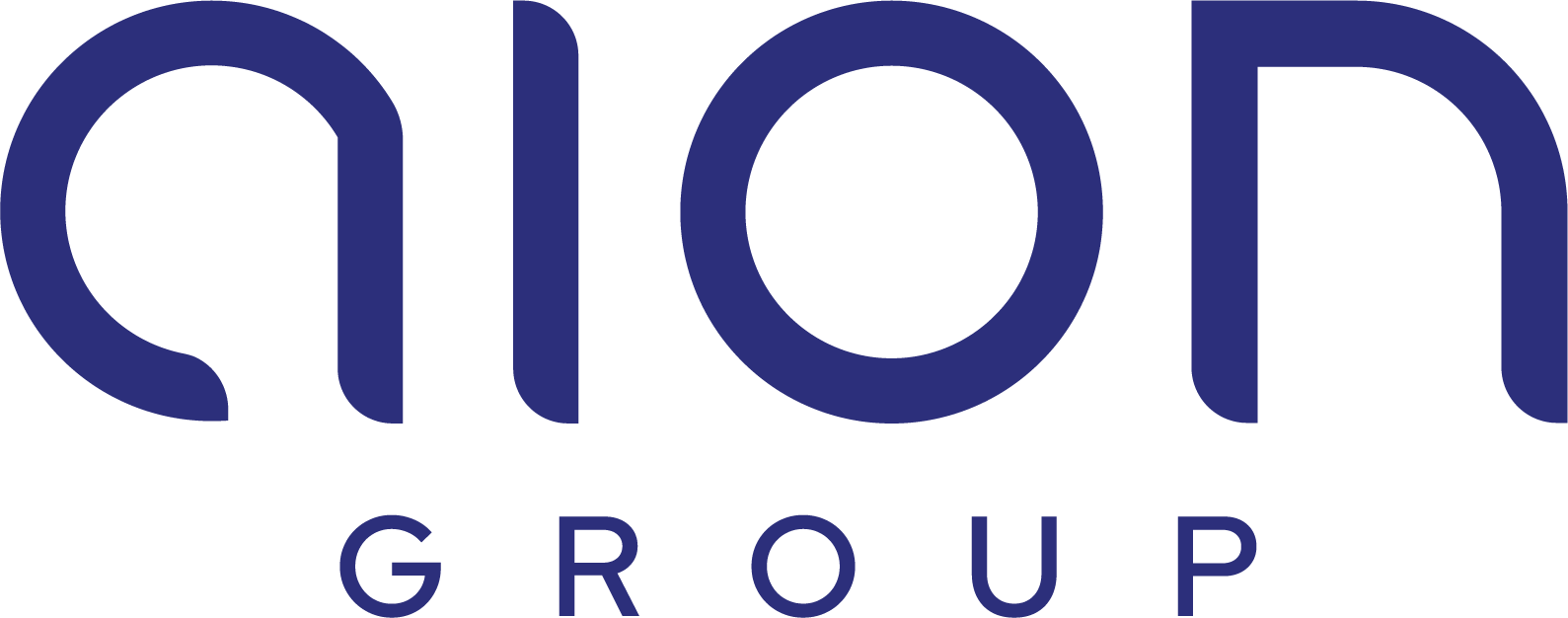
When you dive far from the shore, in either the sea or lakes, often the sea or lake bed offers few reference points for orienting yourself. Sometimes there are distinctive features, like rock formations or wrecks, but in most cases you find yourself looking over an indistinct expanse, typically with poor visibility.
This is both irritating and also a hazard that should not be underestimated. In the first case, the inability to follow a planned itinerary can spoil a dive, and result in visiting a smaller area than intended. In the second case, getting lost underwater can lead you into dangerous areas for marine currents, or too far away from the shore or your boat.
Using an underwater DPV helps minimize risks for divers by providing a highly autonomous underwater propulsion system, so that they do not have to rely on their strength alone to return to the shore or boat. Choosing a Suex DPV not only eliminates the problem of orientation, but thanks to the DRIVe system with its Waypoint navigation method, divers can set off on adventurous explorations in complete tranquillity and safety.
In diving jargon, a waypoint is any reference point used for orientation. For centuries physical elements present in an area were used, some natural like mountains, lakes, and rivers, others artificial like roads, towns, or monuments.
However, the emergence of digital technologies and advanced navigation systems like GPS and GNSS, means that today everyone can set personal waypoints on a digital map. An obvious example is with navigators like Google Maps, when you can define any objective you want and then follow directions to get there.
The same idea can be applied to underwater diving, obviously equipped with appropriate technology like the DRIVe system. By setting waypoints before going underwater it is possible to trace out a route even without any physical references and keep constantly up to date on your position in relation to your waypoints.
This makes it possible to define complex itineraries with the certainty of staying on route, ensuring maximum diving enjoyment and safety. Constant tracking of your position records an accurate trace for the dive, something that becomes very important if you want to report a find, or return to the same place at a later date. Other information includes dive time and average speed.
DRIVe offers these and many other features, and is SUEX’s state-of-art system for navigation and collecting data for post-dive analyses.



